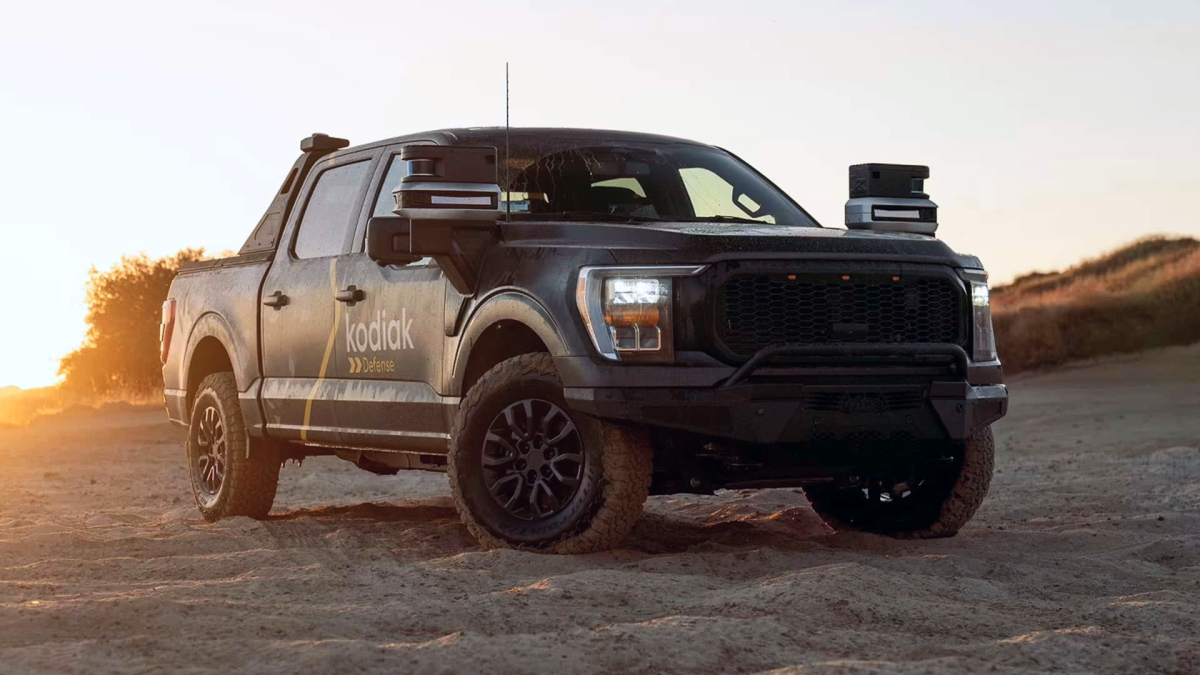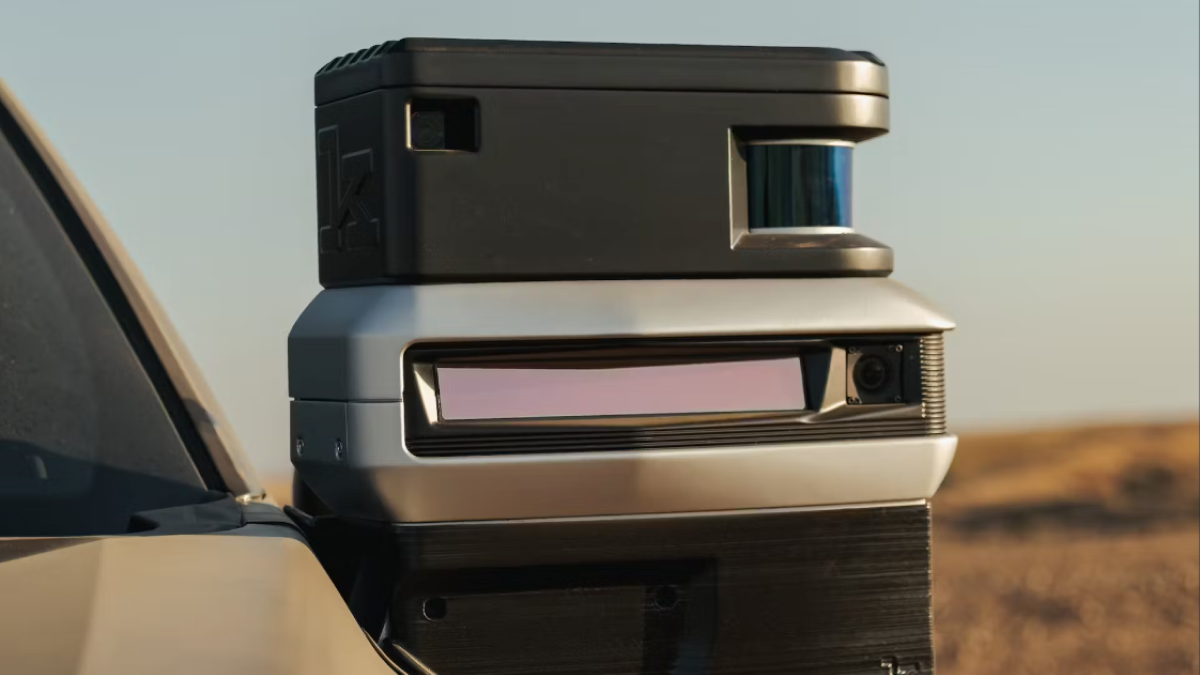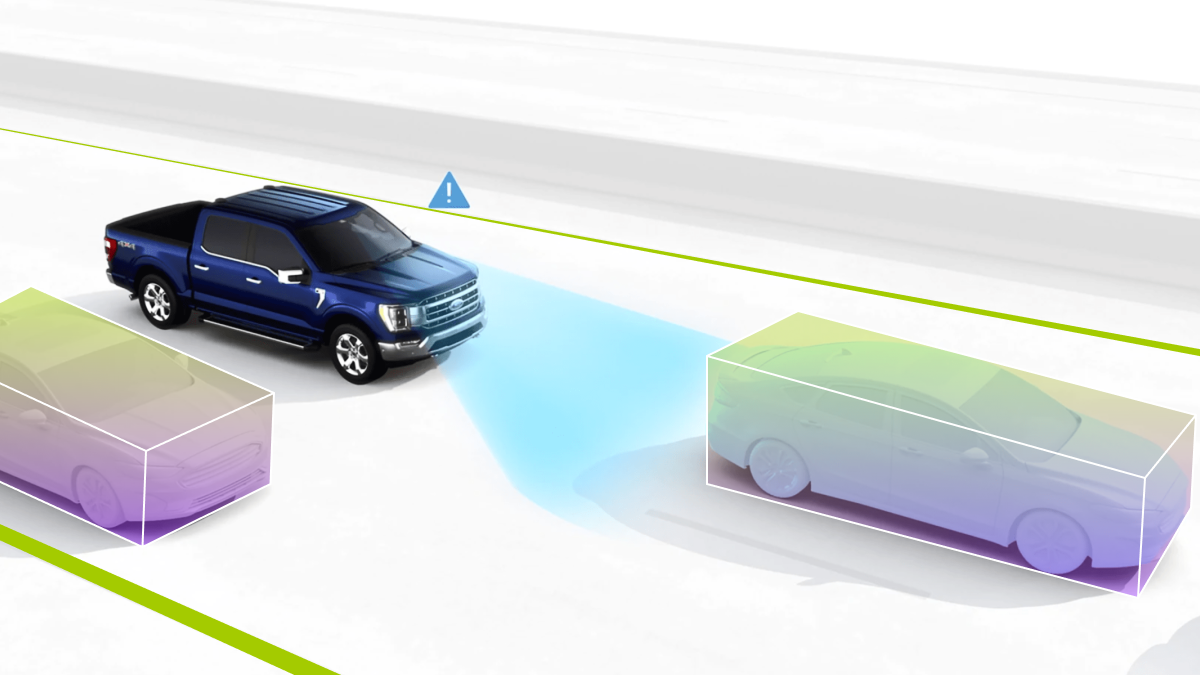Autonomous Vehicles are Making Their Way Into the Military
Pickup trucks have long been associated with rugged versatility, dependability, and adaptability. These qualities make them not only popular among civilians but also indispensable in military operations worldwide. From transporting personnel and equipment to navigating challenging terrains, pickup trucks play a crucial role in enhancing the efficiency and effectiveness of military forces.
In this article, we will take a look at a new autonomous prototype vehicle and the data annotation needed to create it.
Pickup Truck for Military Use

In December of last year, a new vehicle specifically designed for military use made its debut. The car is a Ford F-150 equipped with proprietary autonomous technology known as KodiakDriver, which includes the hardware and software needed to operate an autonomous military ground vehicle. The vehicle is built to withstand challenging military situations, a range of operational circumstances, locations with impaired GPS, and off-road obstacles like rocks, dust, dirt, and water. When needed, it can also give the Army the capacity to operate vehicles remotely.
The vehicle is equipped with Kodiak DefensePods, an upgraded version of Kodiak’s modular, swappable SensorPods intended for military applications, and is powered by the same software as the company’s autonomous long-haul trucks. Without specific training, a technician may replace a DefensePod in the field in ten minutes or less. The development corporation tested its autonomous system in off-road situations using its semi-trucks before moving on to testing the F-150 automobiles. Testing the Kodiak Driver in off-road conditions aids in the advancement of Kodiak’s long-haul on-road trucking technology.
What are the Practical Applications of This New Autonomous Technology?

The military can deploy autonomous vehicles for high-risk operations like route clearance, explosive ordnance disposal, casualty evacuation, resupply, and reconnaissance assistance. Building mass to leverage as a force multiplier is a persistent problem for ground troops that can be solved by using human-robot teams. This problem might be solved by giving each soldier command over a small fleet of ground and aerial vehicles, greatly enhancing the might and adaptability of deployed forces.
To provide soldiers on the battlefield with improved situational awareness, planning, lethality, decision support, and more distributed and improved protection, ground vehicles could also be equipped with ISR assets and short-range air and missile defense systems and driven autonomously to forward deployed positions. Ground autonomy has long been acknowledged as a very difficult technology task, since obstructions or other environmental changes can necessitate quick, flexible decision-making. For an autonomous ground vehicle, reacting to other moving objects in a dynamic environment that is changing quickly can be difficult.
The goal of current military projects is to improve the technologies required for autonomous vehicle operation. The majority are testing artificial intelligence and machine learning capabilities, as well as LiDAR, radar, and other cutting-edge sensors that let cars recognize and assess their environment. There’s a chance that soldiers are in the car and are keeping an eye on it. However, the objective is to free up military personnel for the task, with the car operating autonomously.
What Types of Data Annotation are Needed to Train This Technology?

One of the main technologies used for the development of autonomous vehicles is LiDAR, which tracks obstacles and vehicles to maintain safe distances. This means that annotation techniques such as polyline annotation, which facilitates the detection of street lanes on highways and cities by autonomous vehicles, will be needed. Data annotators tag raw highway and city street data and photos so that self-driving automobiles can quickly recognize the route topology.
Polygon annotation, which is a precise method of annotating where a collection of coordinates is drawn around an image, will also be needed. The goal of these coordinates is to closely encircle a particular object in a picture. Annotations with polygons can help prevent the collection of extraneous background data that is unrelated to an annotation. Depending on the project requirements, semantic segmentation, which is a deep learning algorithm to give each pixel in an image a label or category, will be necessary. It is employed to identify a group of pixels that make up different categories. An autonomous car must be able to recognize, for instance, other cars, pedestrians, traffic signs, pavement, and other elements of the route.
Trust Mindy Support With All of Your Data Annotation Needs
Mindy Support is a global provider of data annotation services and is trusted by Fortune 500 and GAFAM companies. With more than ten years of experience under our belt and offices and representatives in Cyprus, Poland, Romania, The Netherlands, India, OAE, and Ukraine, Mindy Support’s team now stands strong with 2000+ professionals helping companies with their most advanced data annotation challenges.
FAQ: Autonomous Ford F-150 for Military Use
1. What is KodiakDriver and how does it enhance the Ford F-150 for military operations?
KodiakDriver is a proprietary autonomous technology equipped in the Ford F-150, designed specifically for military applications. It includes essential hardware and software that enable the vehicle to operate autonomously in various military contexts. This technology allows the vehicle to navigate challenging terrains and operational environments, such as areas with impaired GPS and off-road obstacles, enhancing its adaptability and effectiveness in military operations.
2. What practical applications does the autonomous Ford F-150 offer for military operations?
The autonomous Ford F-150 can be utilized for several high-risk military operations, including route clearance, explosive ordnance disposal, casualty evacuation, resupply, and reconnaissance assistance. By deploying autonomous vehicles, the military can enhance force multiplication, improve situational awareness, planning, lethality, and protection, and allow human soldiers to focus on strategic tasks while the vehicle operates autonomously.
3. What types of data annotation are required to train the autonomous technology in the Ford F-150?
Training the autonomous Ford F-150’s technology requires several data annotation techniques. These include polyline annotation for detecting street lanes, polygon annotation for precise object recognition, and semantic segmentation to categorize different elements like vehicles, pedestrians, and traffic signs. These annotations help the vehicle understand and interact with its environment effectively, ensuring safe and efficient operation.




